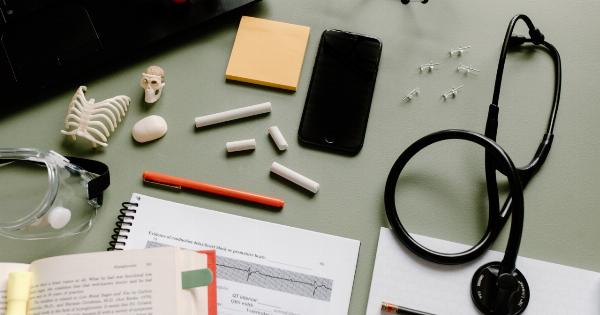Orgasms are intense and pleasurable physical sensations that result in powerful muscle contractions, and it is one of the most enjoyable experiences in human life.
Men have a unique orgasm that is different from women, and has attracted significant research in recent years. Animation is an excellent tool to explore the male orgasm and understand the organs involved and the process. In this article, we will explore the male orgasm through animation and understand the phenomenon better.
Understanding the Male Anatomy
Before we dive into the animation, we need first to understand the male anatomy and the organs involved in the process.
The penis, prostate gland, vas deferens, seminal vesicles, and Cowper’s gland are the primary organs involved in the male orgasm. The penis is the external organ that is stimulated during sexual activities leading to erection. The prostate gland is a small gland located between the bladder and the penis, it produces seminal fluid that is mixed with the sperm during ejaculation.
The vas deferens is a muscular tube that carries sperm from the epididymis to the urethra. The seminal vesicles produce an alkaline liquid that nourishes the sperm and makes up most of the semen’s volume. Cowper’s gland also produces a fluid that lubricates the urethra during ejaculation.
The Male Orgasm Process
The male orgasm process is a complex series of events that happen in the male reproductive system, and it involves the contraction of several muscles that release semen from the penis.
The process is controlled by the nervous system, specifically the sympathetic and parasympathetic nervous systems. The process starts with sexual arousal, which triggers the release of hormones that stimulate blood flow to the penis, leading to an erection.
When the sexual stimulation continues, the parasympathetic nervous system takes over, leading to further stimulation and the buildup of tension in the muscles around the penis and scrotum.
As the sexual arousal continues, the muscles around the prostate gland, vas deferens, and seminal vesicles contract, leading to the release of semen from the penis.
The contractions are rhythmic and create intense physical sensations that lead to orgasm. After the peak of the orgasm, the muscles around the penis and scrotum relax, leading to ejaculation of semen. The ejaculated semen can contain millions of sperm that can fertilize an egg.
Animating the Male Orgasm
Animating the male orgasm involves creating a sequence of images that illustrate the process and the organs involved. The animation can help us understand the process better and the role of each organ in the process.
A typical animation of a male orgasm can start with the sexual arousal phase, where the penis becomes erect due to blood flow. The animation can use images of blood vessels or a representation of an erect penis to illustrate the phase.
The animation can then move to the next phase of the male orgasm, where the parasympathetic nervous system takes over, leading to further stimulation and tension buildup in the muscles around the penis and scrotum.
The animation can use images of the muscles around the penis and scrotum contracting, leading to a buildup of tension that creates intense physical sensations. The animation can use colors or shapes to represent the intensity of the sensations.
The next phase of the animation can focus on the contraction of the muscles around the prostate gland, vas deferens, and seminal vesicles leading to the release of semen from the penis.
The animation can use images or shapes to represent the organs’ contractions and the release of semen. The animation can also show the rhythmic nature of the contractions and how they create intense physical sensations that lead to orgasm.
The animation can conclude with the relaxation of the muscles around the penis and scrotum, leading to ejaculation of semen. The animation can use images of sperm leaving the penis or semen released from the penis to illustrate the phase.
Conclusion
The male orgasm is a complex process that involves several organs and muscles. Animation is an excellent tool to explore the process and understand the role of each organ and muscle.
Animating the male orgasm can help us understand the process and appreciate the intensity and pleasure that comes with it.






























